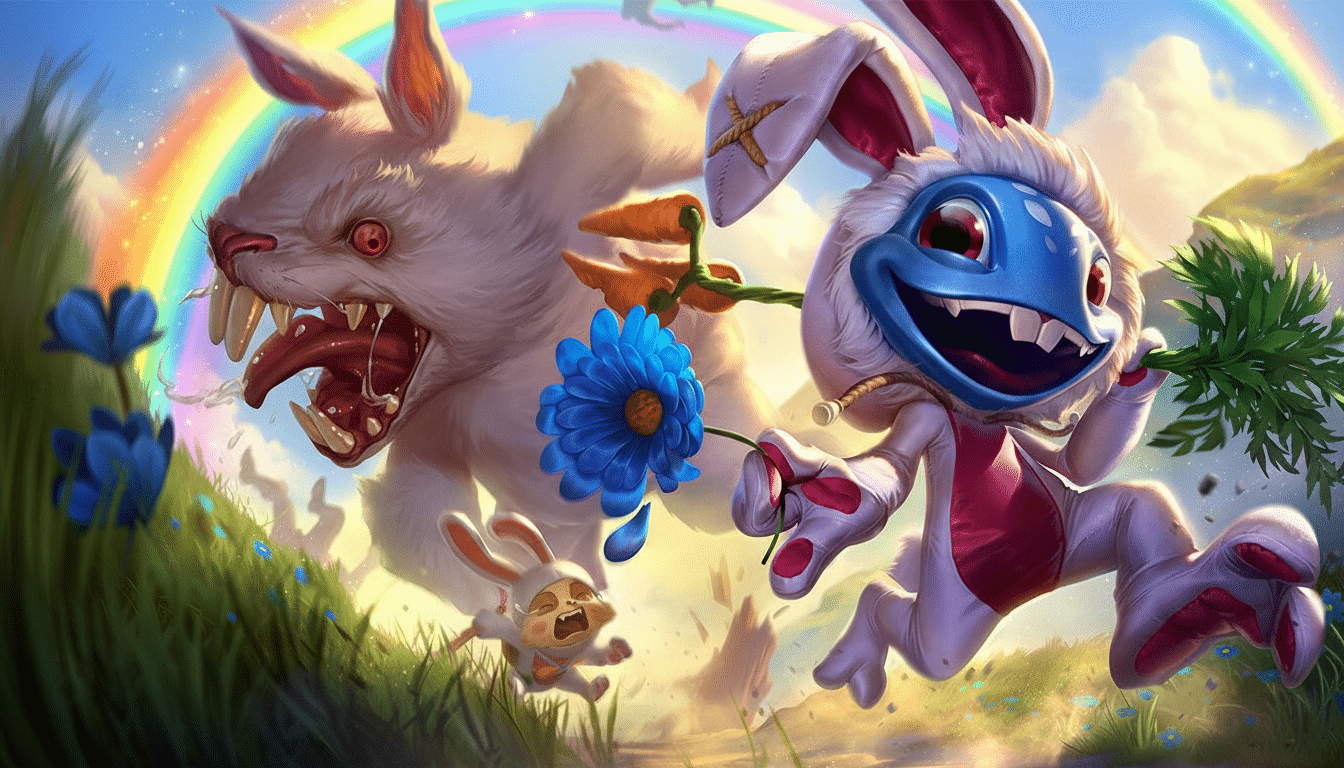After a decade of runaway growth, reportedly financed by an overgenerous investment market, our cyclical addiction to Silicon Valley solutions has started spinning out new proposals.
A wave of interest-first social apps is swapping rage-bait and follower counts for a sense of intimacy, shared context, and an invitation to return with purpose. It’s a low-key reset for an exhausted public, and it’s picking up steam.

For years researchers have warned that heavy scrolling is linked to anxiety and sleep problems, even as the American Psychological Association and U.S. and U.K. public health agencies have raised concerns about these risks. Meanwhile, Data.ai estimates that people around the world now spend more than five hours a day in mobile apps — an attention economy pushed to its limit. The new social builders find possibility in subtraction: less algorithmic noise, more meaningful connections.
Why Niche Networks Are Climbing in Popularity Now
People are no longer interested in one plaza; they want neighborhood clubs. Consumer investors say they’re encountering more “interest-first” companies, from college-based networks like Fizz to food discovery through Beli, event planning with Partiful, and astrology communities on Co–Star. These apps work not by cutting and pasting everyone, but rather by finding the right someones.
Creators are embracing this trend. Instead of chasing broadcast virality, many are now building their own micro-ecosystems — newsletters, private chats, and themed spaces — where signal beats volume and communities can cohere around niche passions.
Designs That Disrupt the Doomscroll Habit
The best of these upstarts feature a few design moves in common. They cap or compress feeds, offer chronological or topic-driven views, and add lightweight rituals — daily prompts, event invites, and watch parties — that transform passive consumption into participatory moments.
Spill — a community that provided refuge for Black users looking to have safer conversations — earned a following symbolizing this shift. It does not shove everyone into the same viral pipeline; instead it funnels them to communities — from sports fandoms to culture circles — then layers in social games and co-viewing sessions meant to spark belonging rather than outrage.
Community-Led Moderation and Safety by Design
Safety is an area where many legacy platforms fall short. The new cohort bakes it into the very architecture. Decentralized, protocol-based projects like Bluesky and the nascent communities building on top of its AT Protocol are exploring portable identities, user-owned data, and customizable filters that allow users to remove vast categories of harassment before they land in their feeds.
Academics who study information ecosystems, such as experts at Cornell University, point to a sweeping consumer desire for control: over time spent online, over the permanence of posts, and over the kinds of content that reach them. Smaller, clearer spaces can make moderation manageable, strengthen norms, and crumple the bystander effect that encourages bad behavior on large stages.

Business Models Built For Health, Not Hype
The economics are changing as the design does. Rather than ad systems that are all about outrage-bait clicks, many niche networks rely on subscriptions, premium tools, and commerce around community identity — ticketing for events, ante-up digital goods, or members-only perks. That aligns incentives: platforms grow not by juicing reach, but by deepening value for existing members.
Investors say the winners will combine intimacy, utility, and creativity — multiplayer environments where users can build, buy, and belong in the same loop. What you could call the last era optimized for impressions, and what seems to me like the next era is optimizing for retention and well-being.
AI Is Quietly Rewriting the Feed for Better Discovery
Artificial intelligence is doing double duty: smarter filters and more personal discovery. New tools can help classify context and tone rather than just keywords, making it easier to downrank divisive content and boost constructive posts. They’re also the mappers of niche interests — fandom lore, local scenes, micro-genres — so users fall down curated rabbit holes without falling into toxic ones.
Some nascent products will even create personal “knowledge graphs” to surface news on the topics, creators, and communities a person actually cares about — and provide timely updates or background nerdsplainers. If done right, this feels less like a feed and more like a personally curated guide.
The Many-Graph Future of Social Media Is Emerging
This is not the moment to crown a single “next big network.” It’s all about many a graph for many a mood: sports chat here, neighborhood board there, fandom wiki, and a friends circle too. The end result is less doomscrolling through a global shouting match and more time within spaces that feel human-scale.
There are caveats. Niche can become echo if platforms don’t design for bridge-building across communities. And small networks need to demonstrate that they can responsibly moderate, protect privacy, and continue without replicating the perverse incentives of the old feed economy.
Still, the direction is promising. When people have power in the rooms they enter, when discovery becomes a reward for the curious rather than a battlefield of contention, and when creators can own their little corners of the internet, social starts to feel social once again. That alone is something to be encouraged by in a doomscrolling world.

